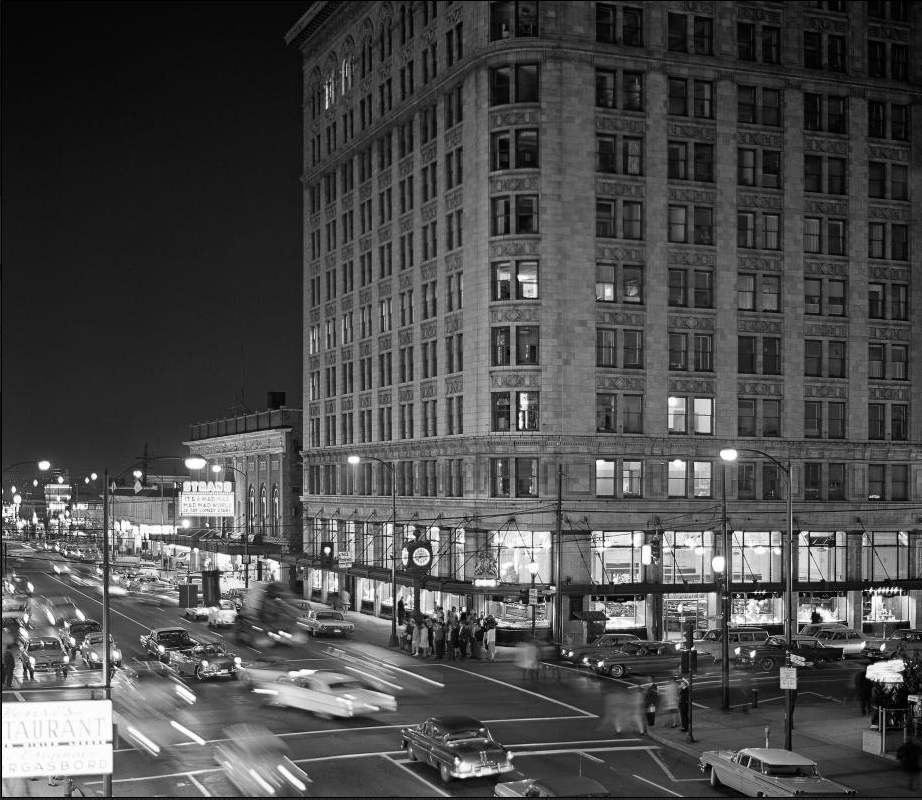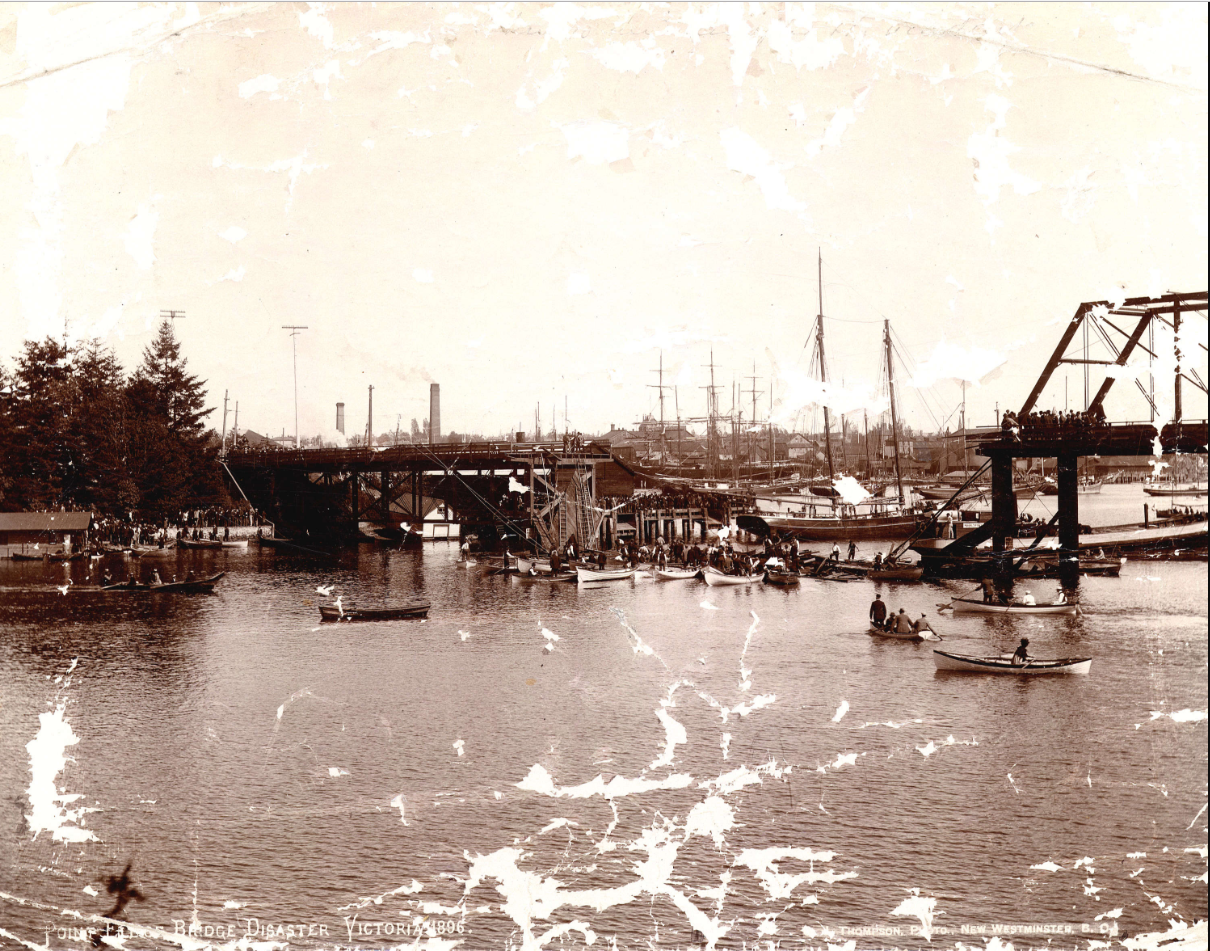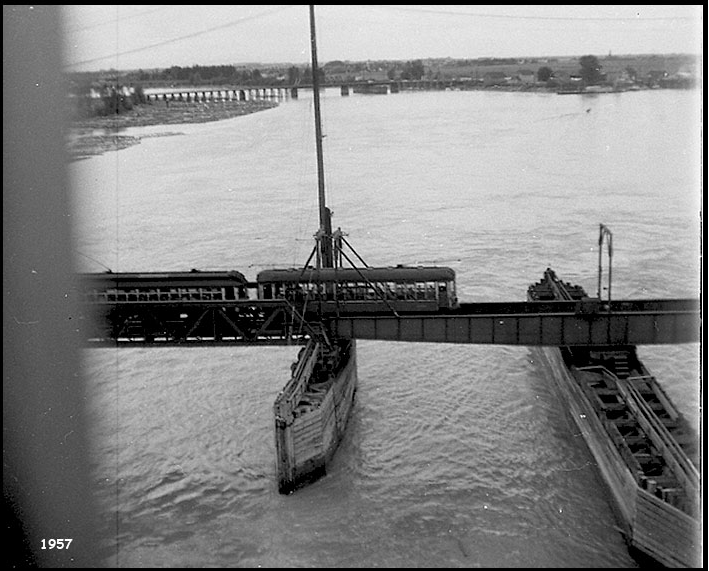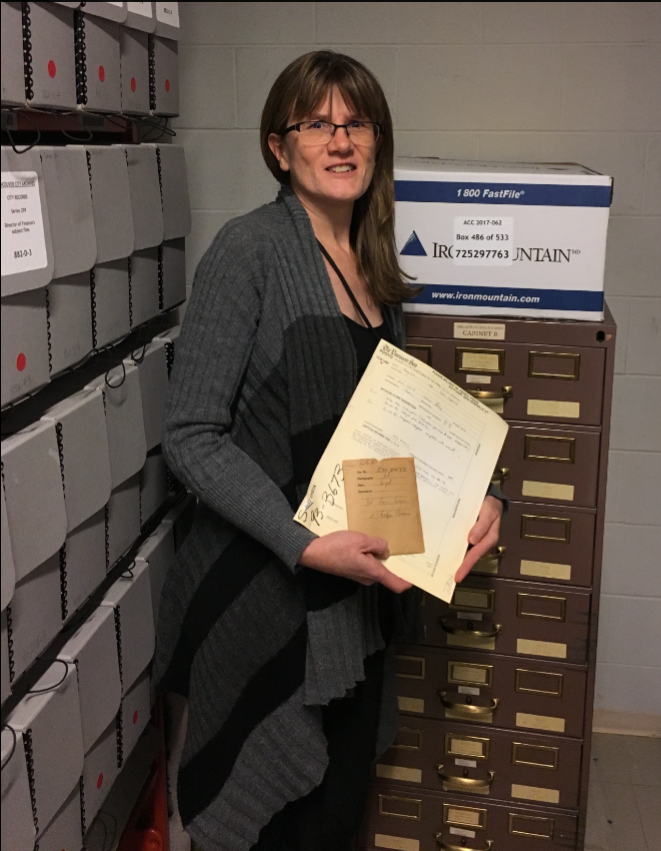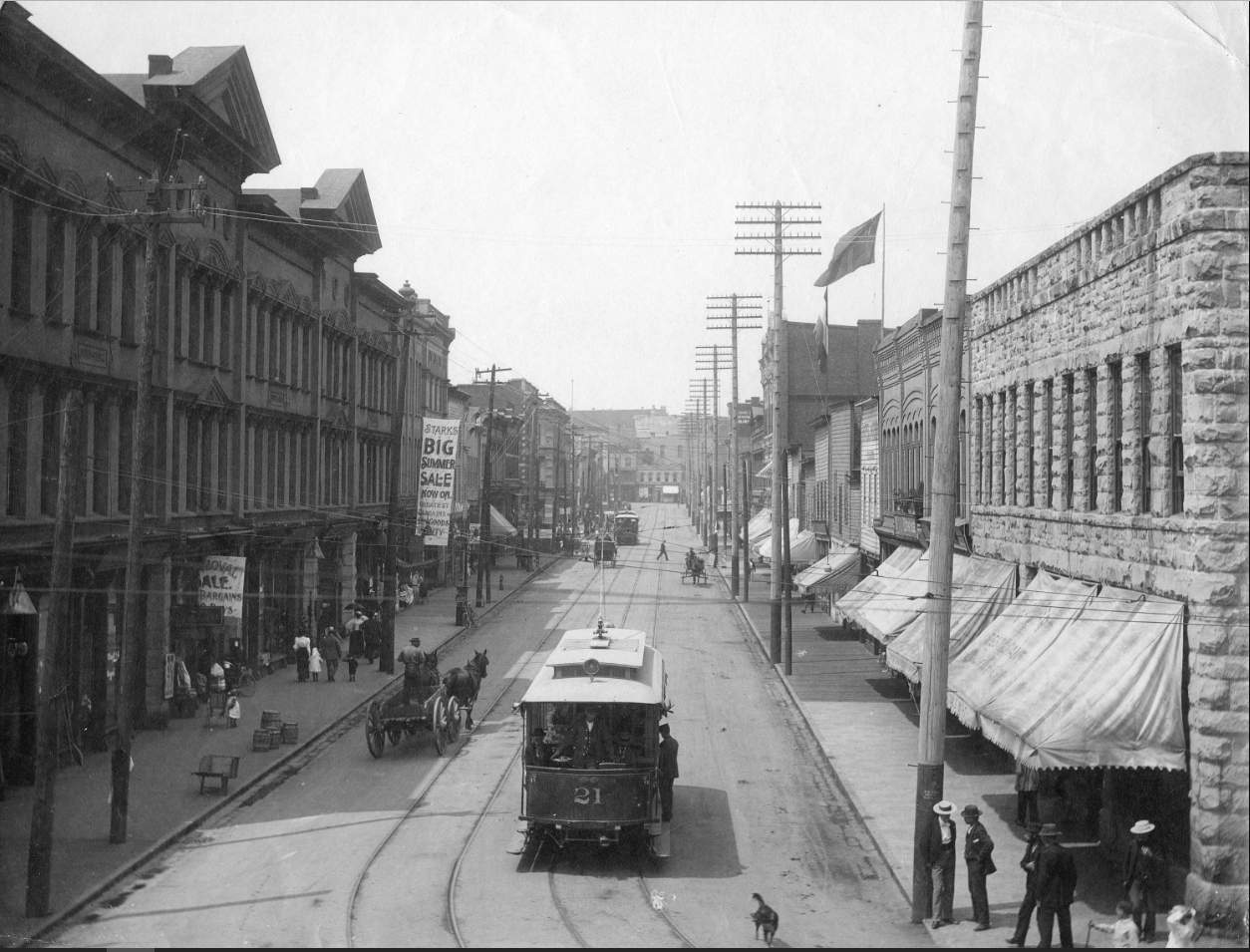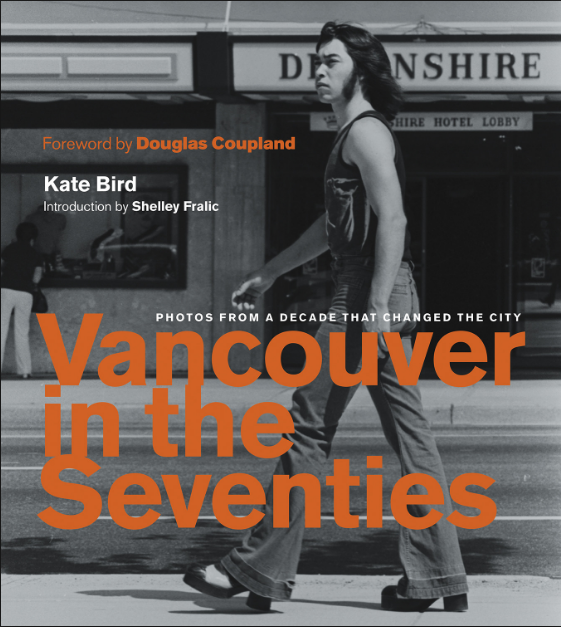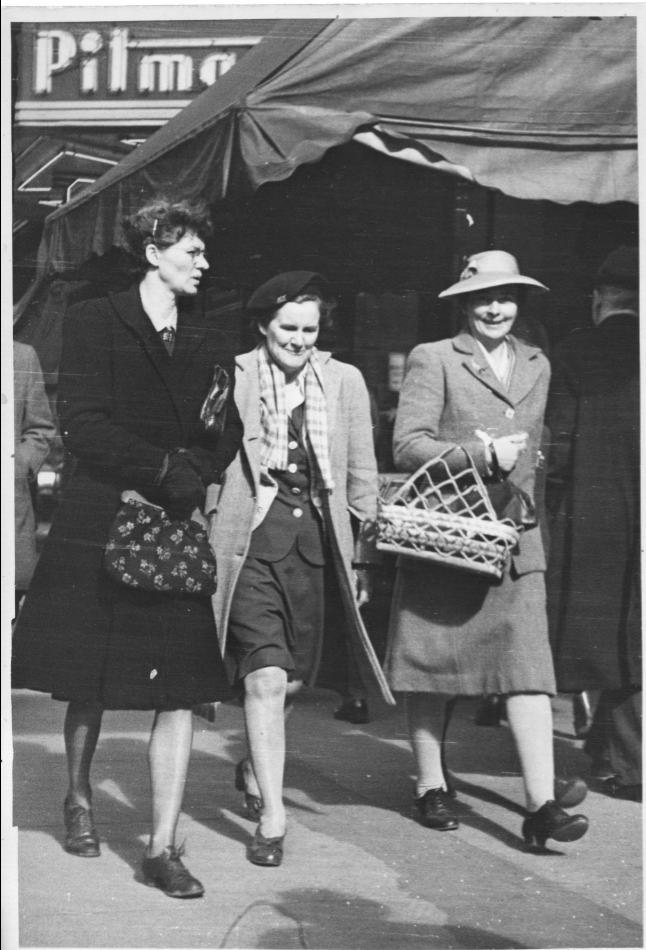I finally got a chance to drop by the West Vancouver Museum yesterday to check out the latest exhibition on the photography of Selwyn Pullan. Assistant curator Kiriko Watanabe has done an amazing job, not only pulling out some of Selwyn’s most interesting work, but also displaying the cameras that he used to shoot them with.
On May 26, 1896, 143 people crammed onto Streetcar No. 16 to cross the Point Ellice Bridge. It was Queen Victoria’s birthday and they were on their way to attend the celebrations at Macaulay Point Park in Esquimalt. They never made it.
The middle span of the bridge collapsed under the weight and the streetcar plunged into the Upper Harbour landing on its right side.
I had the pleasure of chatting with Bob Cain this week and discovering his beautiful photographs.
Bob grew up in Marpole, at a time when a swing bridge joined Marpole to Sea Island (it was dismantled in 1957 after the Oak Street Bridge opened).
“Marpole was a small town like Kerrisdale and Kitsilano,” he says.
City archivist Heather Gordon says the recent donation of a whopping two million negatives from the Sun and Province (Postmedia) photo library is the largest photographic collection that Vancouver Archives has ever received. It’s also one of the most important.
“The Sun and Province photographers were everywhere, documenting everything, so their work is an extraordinarily valuable source of information about Vancouver particularly between 1970 and 1995,” she says.
Stephen Joseph Thompson was a photographer working mostly in Vancouver and New Westminster between 1886 and 1905.
I’m obsessed with a photographer named Stewart Joseph Thompson. I first heard of him a few weeks back when I saw a photo he’d taken of Georgia and Burrard Streets in the 1890s. Last week, I found a photo he took the day after the fire destroyed New Westminster in 1898, including Thompson’s own Columbia Street studio.
Fred Herzog, Foncie, Selwyn Pullan, Michael de Courcy, Bruce Stewart, and Angus McIntyre were just a few who took up a camera in the Vancouver of the ‘70s, and were documenting images of everything from buildings to the changing skyline, and from neighborhoods to neon.
When Foncie Pulice was 21 in 1934, he quit house painting and went to work for Joe Iaci and his street photography company Kandid Kamera.
Foncie, to my knowledge, never crossed the bridge or took the ferry to North Vancouver—at least not for his work. He did capture many of our most colourful citizens.
Angus McIntyre was a Vancouver bus driver for 40 years. He has a love for photography, street lighting and transportation systems. Last week I had the pleasure of sitting down with Angus for tea and a chat.
Angus was given his first camera at age eight—an Argus with the little window and the roll through numbers.



